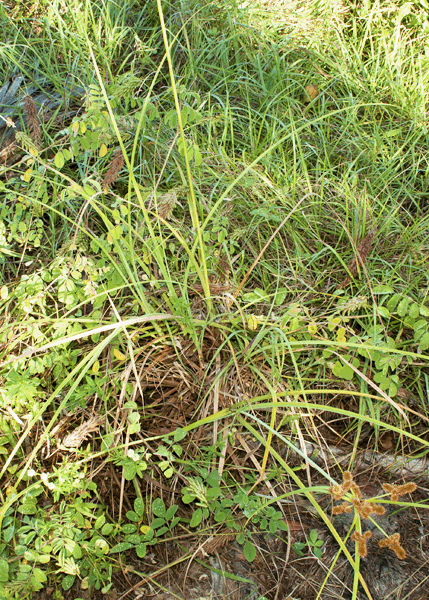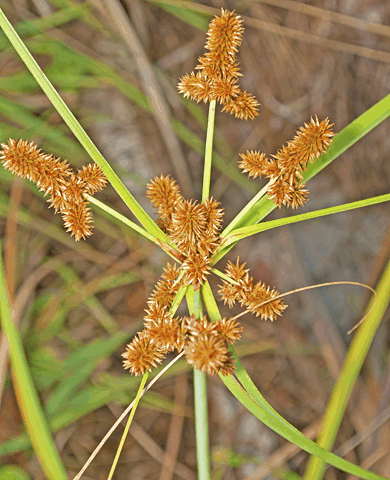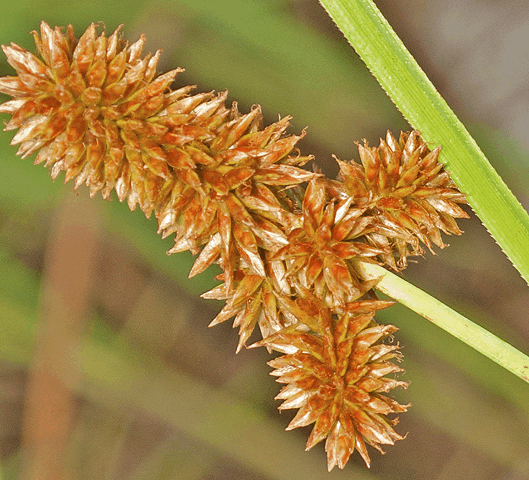Citrus spp. thru Cyperus retrorsus
Species Name |
Common Name |
Citrus spp. |
|
Cnidoscolus stimulosis |
|
Coccoloba uvifera |
|
Cocos nucifera |
|
Colocasia esculenta |
|
Commelina diffusa |
|
Commelina erecta |
|
Conoclinium coelestinum |
|
Conyza canadensis |
|
Corchorus siliquosus |
|
Coreopsis leavenworthii |
|
Crinum americanum |
|
Crotalaria pallida var. obovata |
|
Crotalaria rotundifolia |
|
Crotalaria spectabilis |
|
Croton glandulosus |
|
Cupaniopsis anacardioides |
|
Cynodon dactylon |
|
Cyperus croceus |
|
Cyperus esculentus |
|
Cyperus retrorsus |
Citrus spp. Citrus trees (various)
|
Cnidoscolus stimulosis Tread-Softly
|
Coccoloba uvifera Sea Grape
|
Cocos nucifera Coconut Palm
|
Colocasia esculenta Wild Taro
|
Commelina diffusa Common Dayflower
|
Commelina erecta Whitemouth Dayflower
|
Conoclinium coelestinum Blue Mist Ageratum
|
Conyza canadensis Dwarf Canadian Horseweed
|
Corchorus siliquosus Slippery Burr
|
Coreopsis leavenworthii Tickseed
|
Crinum americanum String-Lily / Swamp Lily
|
Crotalaria pallida var. obovata Smooth Rattlebox
|
Crotalaria rotundifolia Rabbitbells
|
Crotalaria spectabilis Showy Rattlebox
|
Croton glandulosus Vente Conmigo
|
Cupaniopsis anacardioides Carrotwood / Tuckeroo
|
Cynodon dactylon Bermudagrass
|
Cyperus croceus Globe Sedge
|
Cyperus esculentus Yellow Nutsedge / Chufa Sedge
|
Cyperus retrorsus Cylindric Sedge
|
© Photographs and text by Susan Leach Snyder (Conservancy of Southwest Florida Volunteer), unless otherwise credited above.

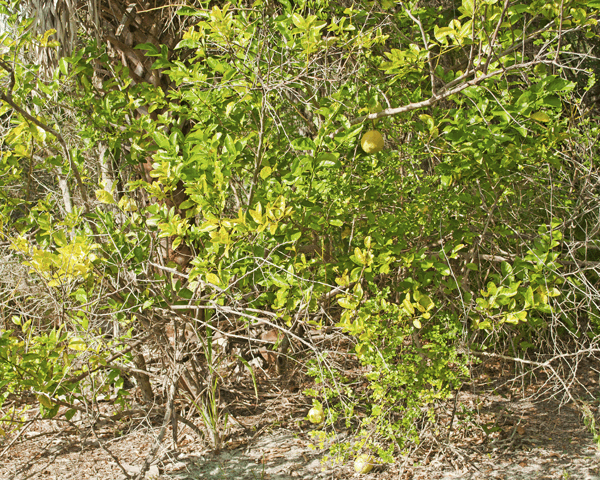
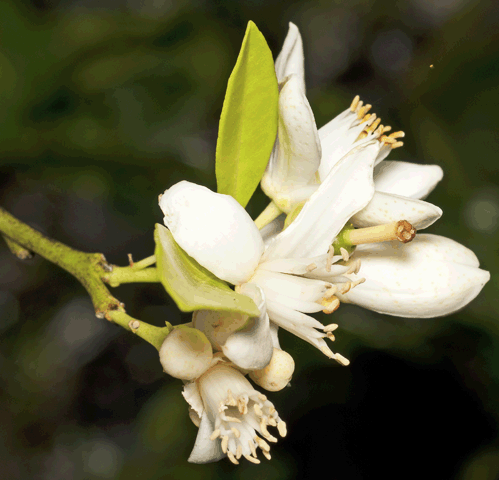
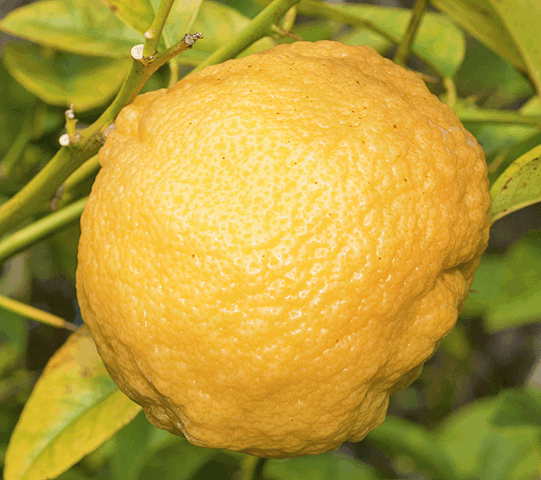
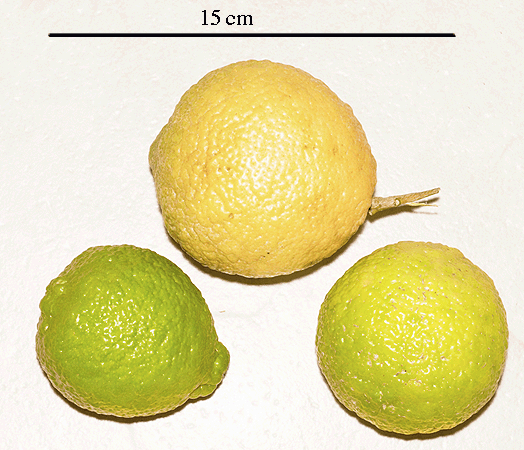 Citrus species grow as large shrubs and small trees. Their leaves are alternate and evergreen leaves. Flowers are large, white, and aromatic. Since both male and female organs occur on each flower, both self-pollination and cross-pollination occur in the Smith Preserve. Honeybees are important cross-pollinators of these trees. Citrus spp. fruits are edible, aromatic, modified berries. They have tough, leathery rinds and fleshy interiors with seeds.
Citrus species grow as large shrubs and small trees. Their leaves are alternate and evergreen leaves. Flowers are large, white, and aromatic. Since both male and female organs occur on each flower, both self-pollination and cross-pollination occur in the Smith Preserve. Honeybees are important cross-pollinators of these trees. Citrus spp. fruits are edible, aromatic, modified berries. They have tough, leathery rinds and fleshy interiors with seeds. 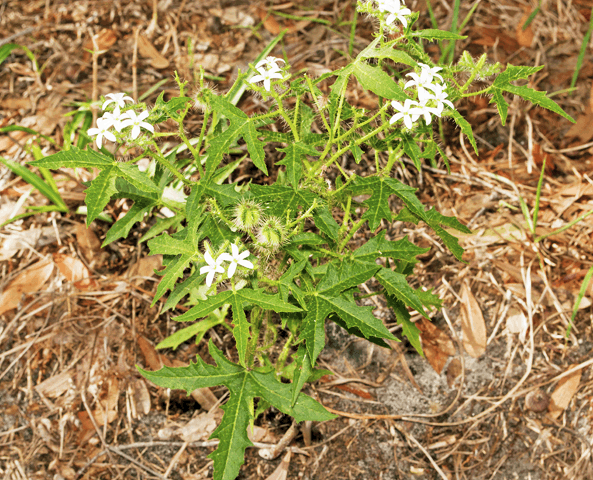
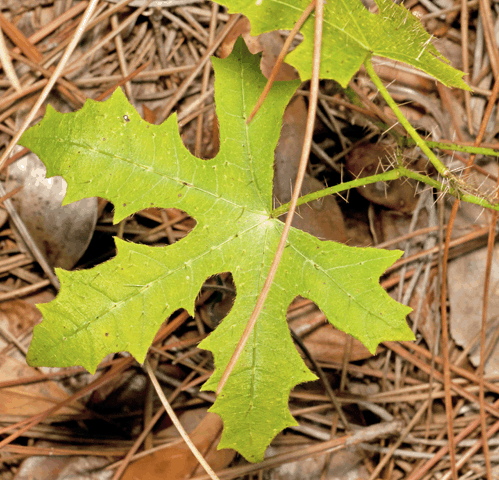
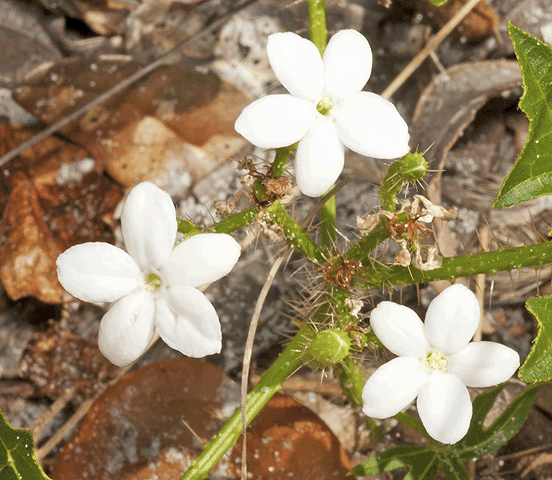
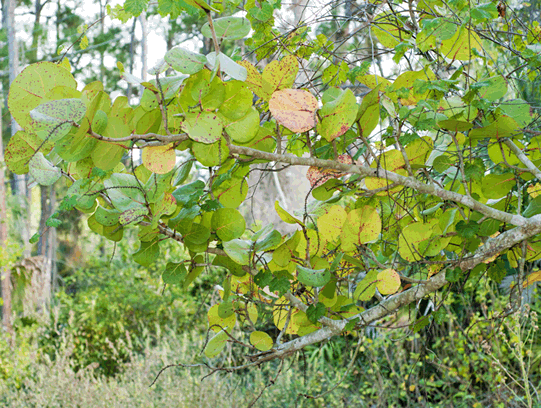
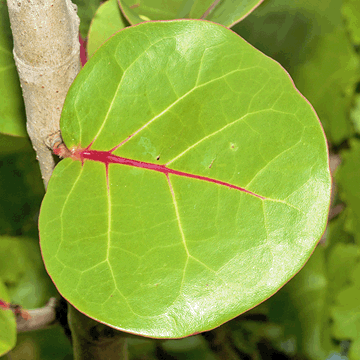
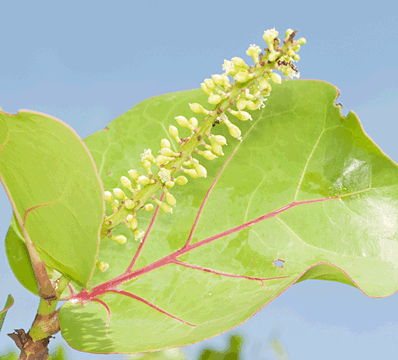
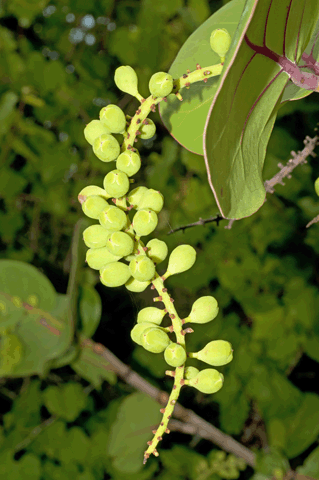
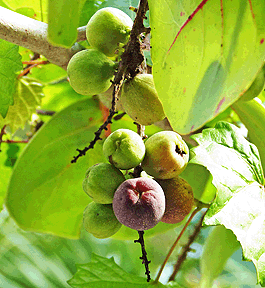
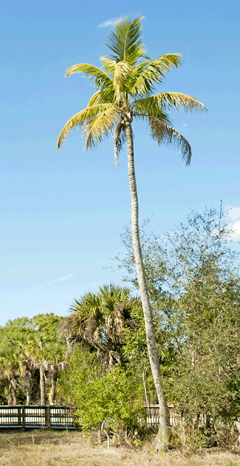
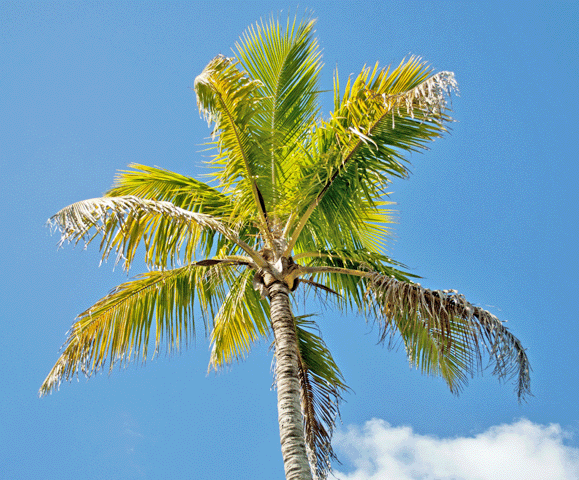
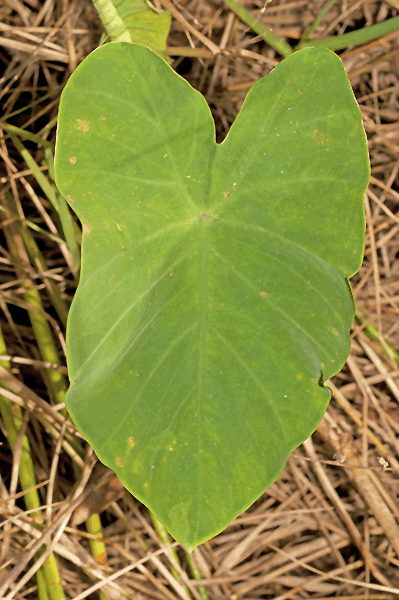
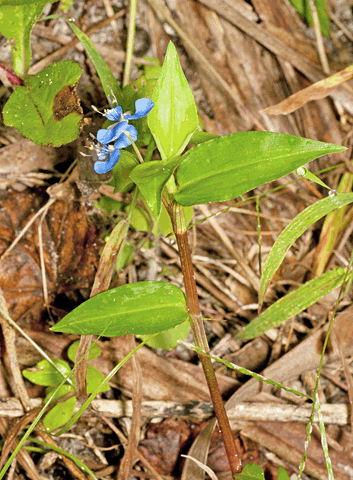
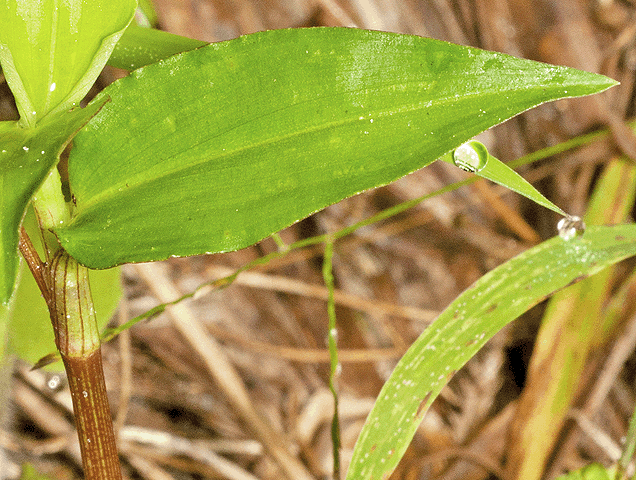
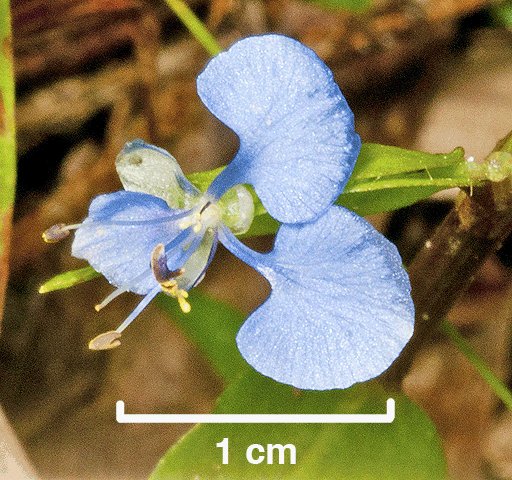 Commelina diffusa is a non-native, creeping herbaceous member of Family Commelinaceae.
Commelina diffusa is a non-native, creeping herbaceous member of Family Commelinaceae. 

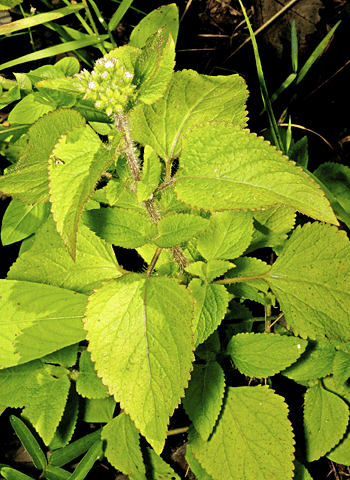
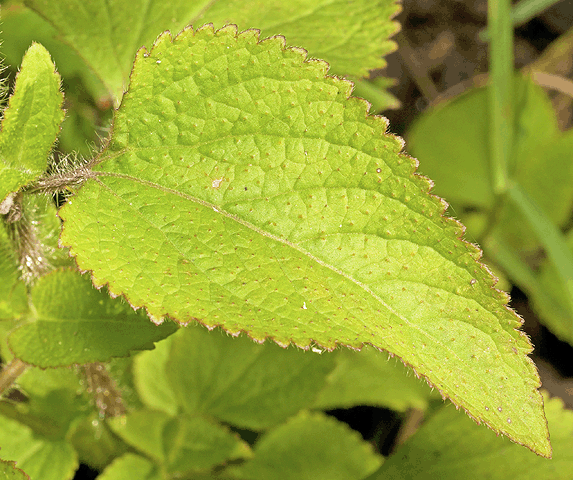

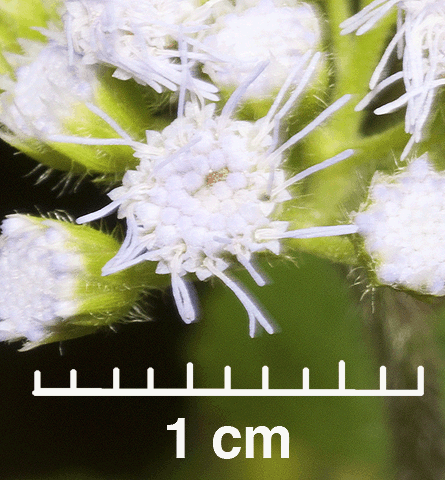
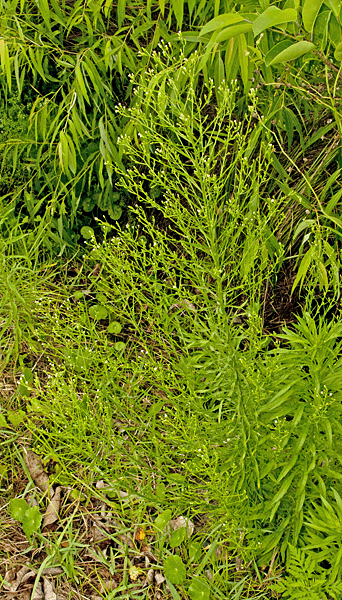 Dwarf Canadian horseweed is an annual, native, erect plant that grows to 1.5 m. It is a member of Family Asteraceae (The Aster Family.)
Dwarf Canadian horseweed is an annual, native, erect plant that grows to 1.5 m. It is a member of Family Asteraceae (The Aster Family.) 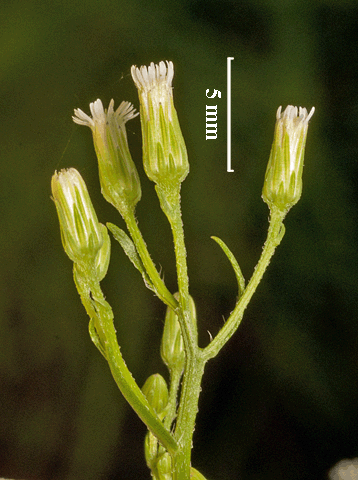
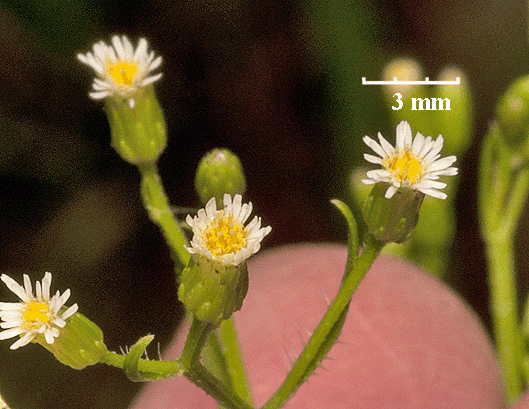 Conyza canadensis blooms year round and can be found in dry, sandy habitats. Its common name "horseweed" is used because horses like to eat the plant.
Conyza canadensis blooms year round and can be found in dry, sandy habitats. Its common name "horseweed" is used because horses like to eat the plant.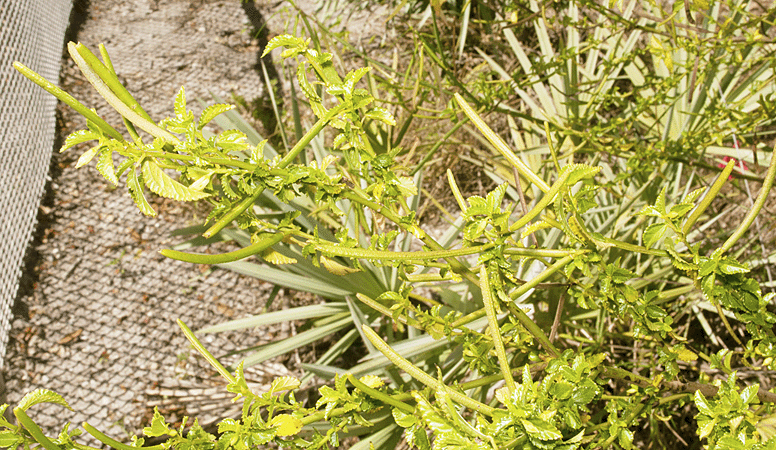
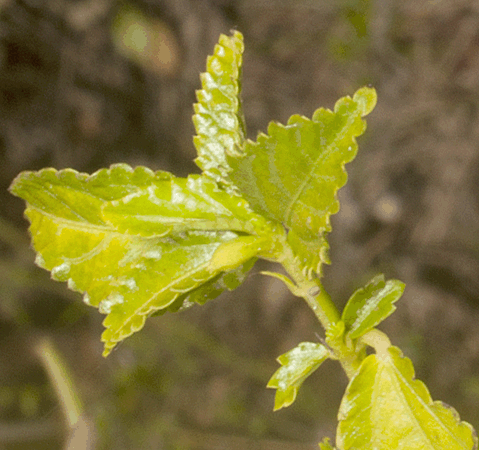
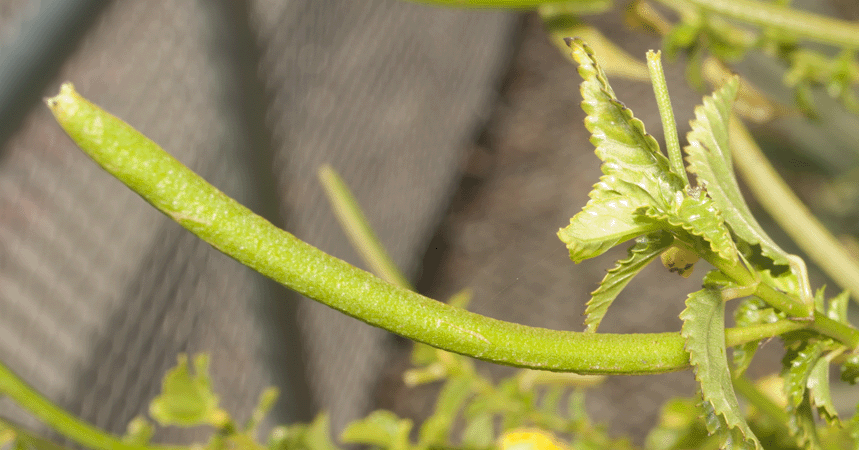
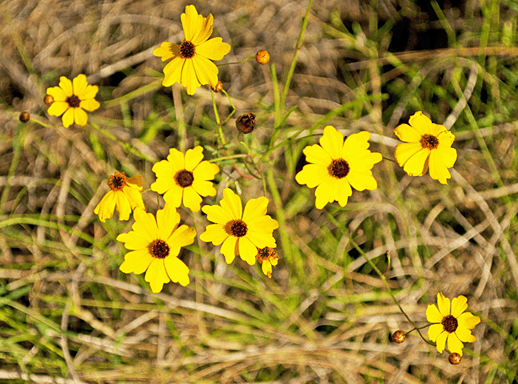
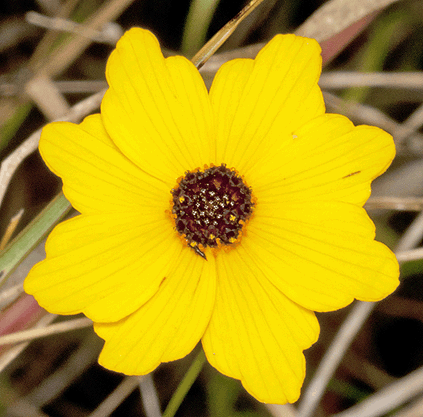
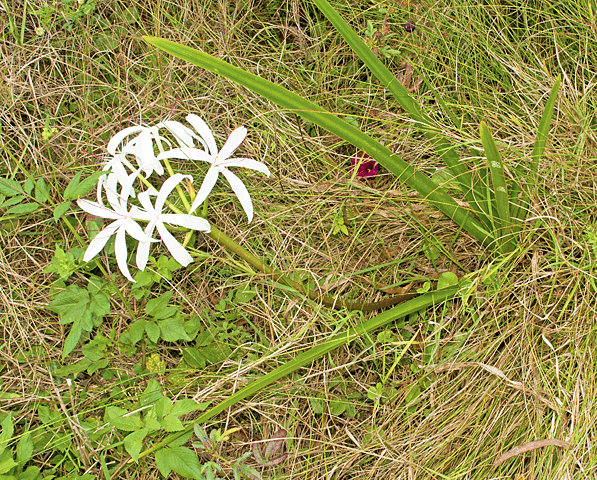
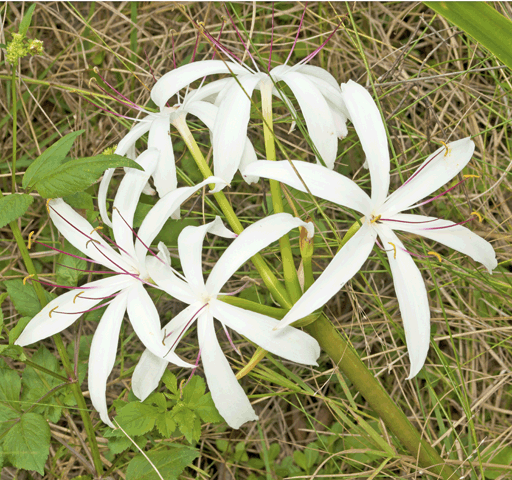

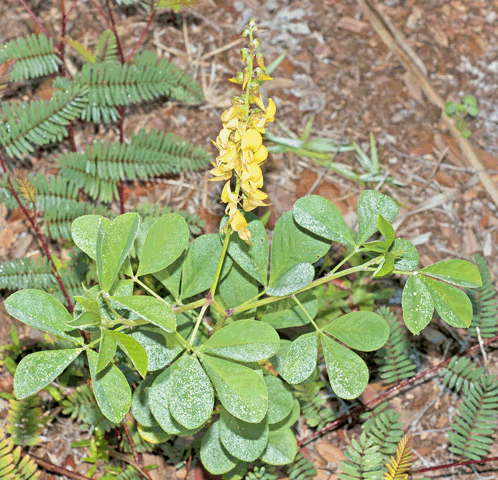
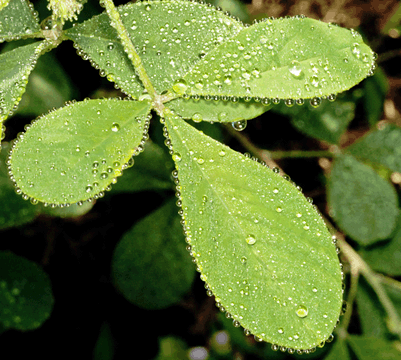
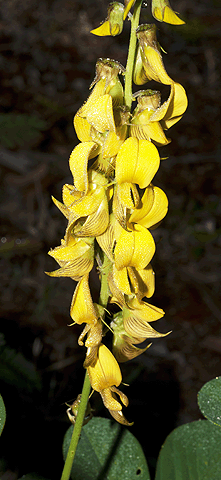
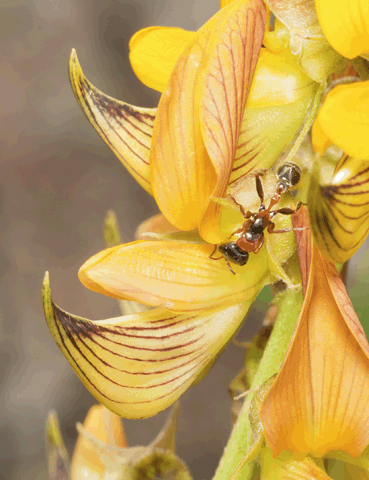

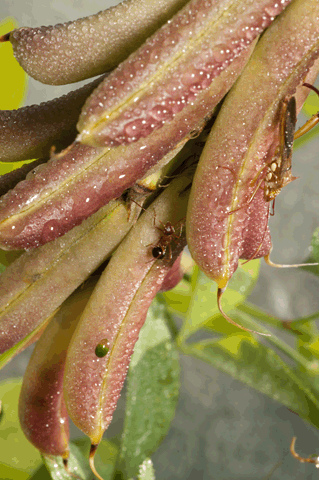
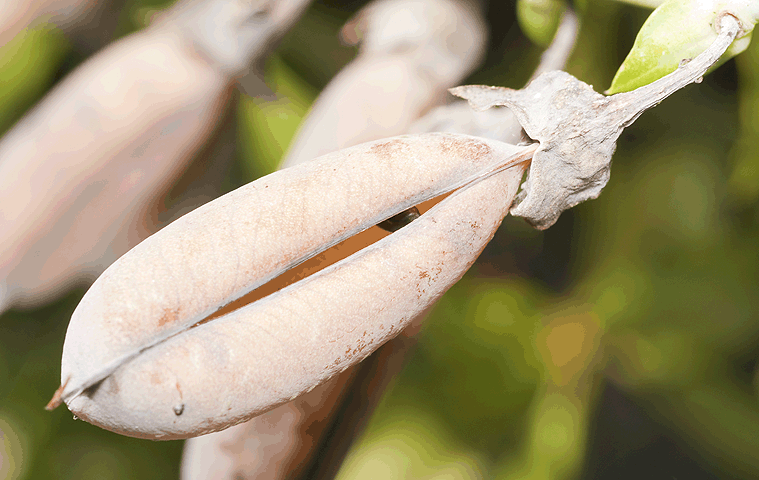
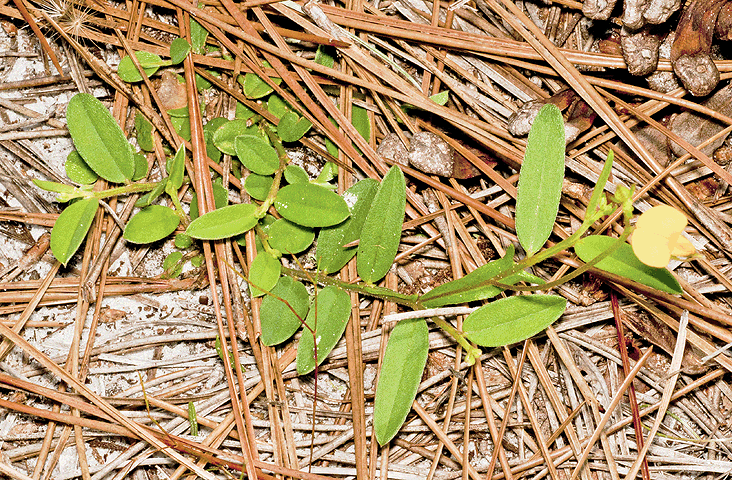
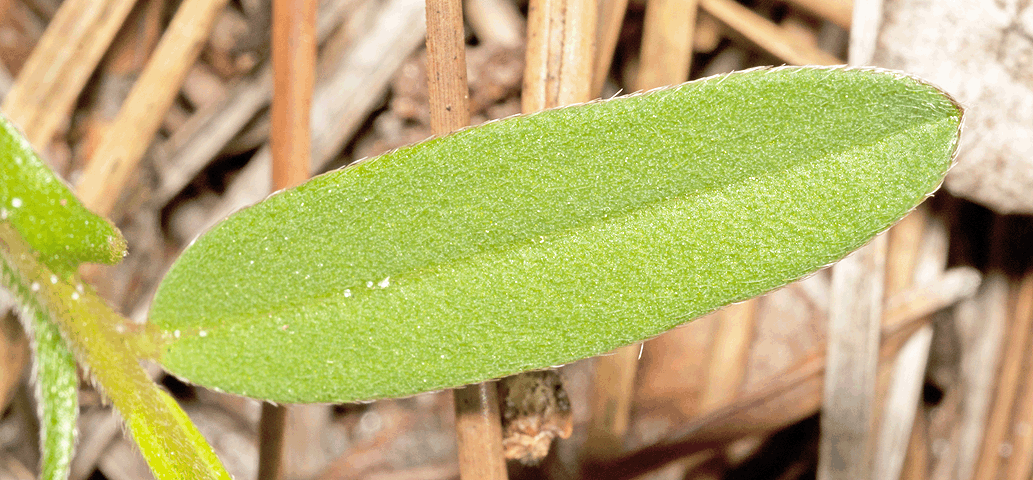
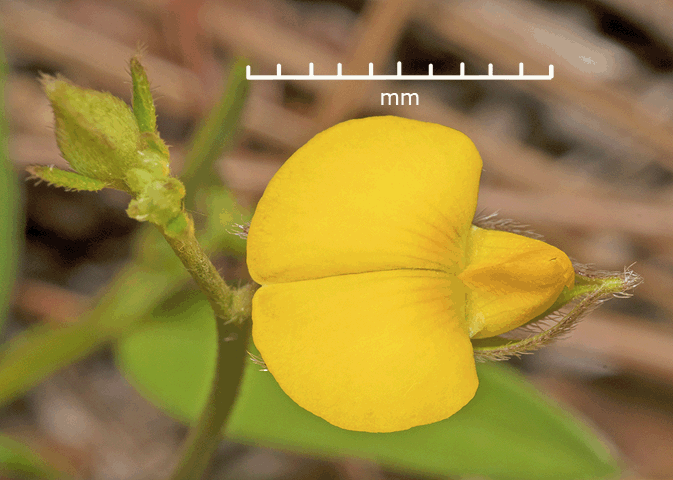 Crotolaria rotundifolia is a native, perennial member of Family Fabaceae (The Pea Family) that lives in pine flatwoods and sandhills. In the Smith Preserve, it grows in the Pinus elliottii (Slash Pine) needle debris at the base of the pines adjacent to Goodlette Frank Road.
Crotolaria rotundifolia is a native, perennial member of Family Fabaceae (The Pea Family) that lives in pine flatwoods and sandhills. In the Smith Preserve, it grows in the Pinus elliottii (Slash Pine) needle debris at the base of the pines adjacent to Goodlette Frank Road. 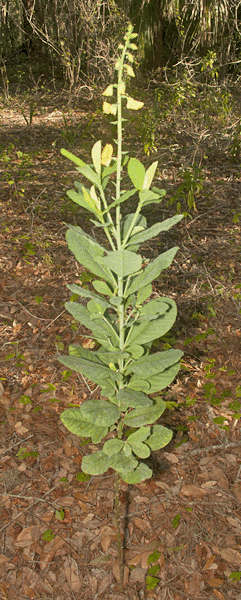 On March 1, 2018, the non-native plant shown here was in bloom beneath
On March 1, 2018, the non-native plant shown here was in bloom beneath 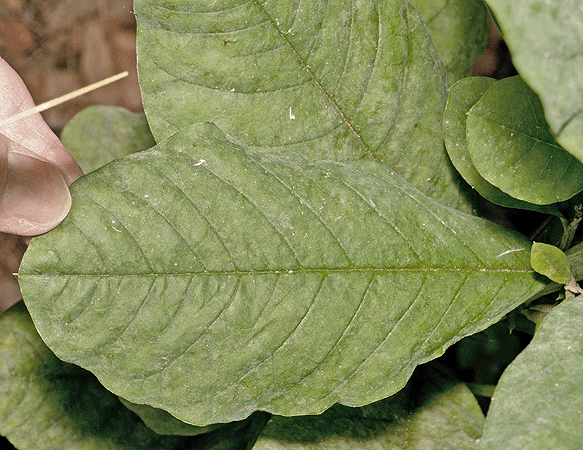
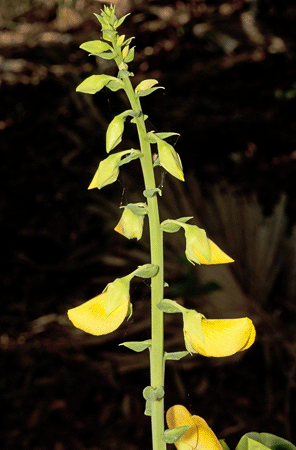

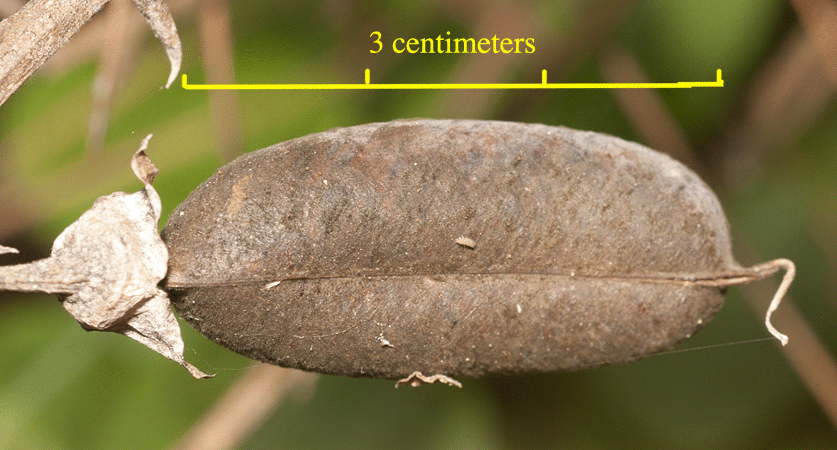
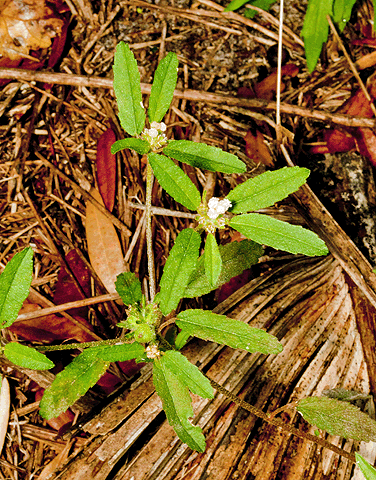
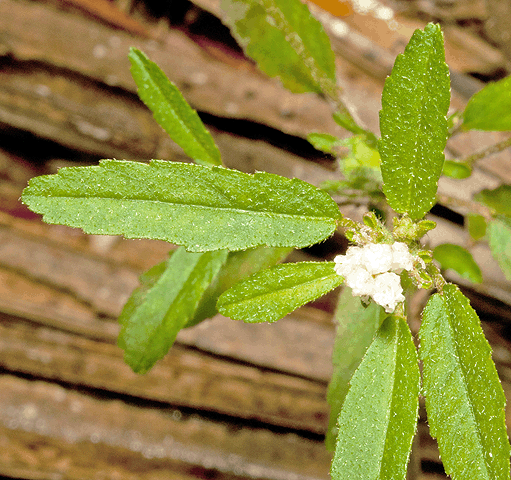
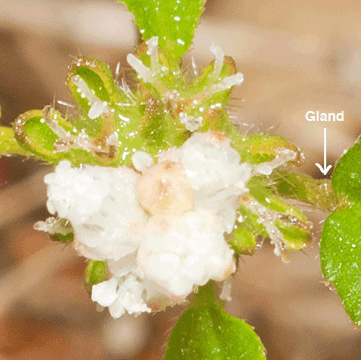
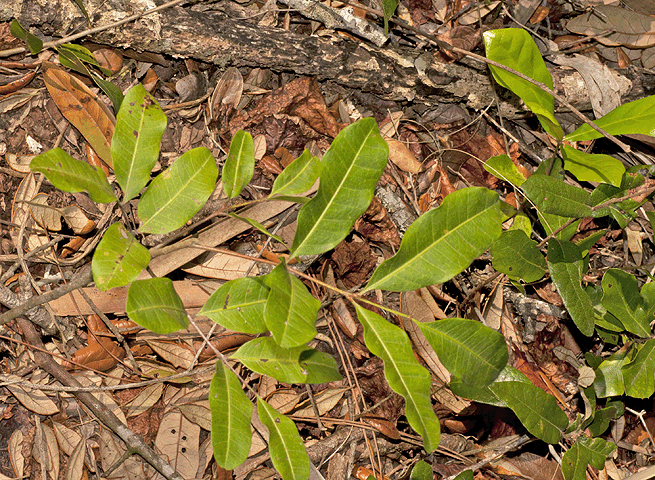
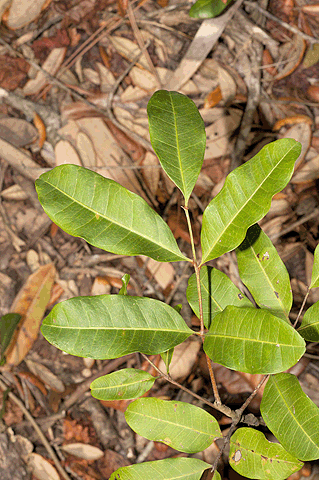 In 1999, the tree was listed on the Florida Noxious Weed List – Rule 5B-57.007, making it “. . . unlawful to introduce, multiply, possess, move, or release." In 2013, it was listed as a Category I Invasive. A Category I Invasive "alters native plant communities by displacing native species, changing community structures or ecological functions, or hybridizing with natives." Within the Smith Preserve, these trees are removed when discovered.
In 1999, the tree was listed on the Florida Noxious Weed List – Rule 5B-57.007, making it “. . . unlawful to introduce, multiply, possess, move, or release." In 2013, it was listed as a Category I Invasive. A Category I Invasive "alters native plant communities by displacing native species, changing community structures or ecological functions, or hybridizing with natives." Within the Smith Preserve, these trees are removed when discovered.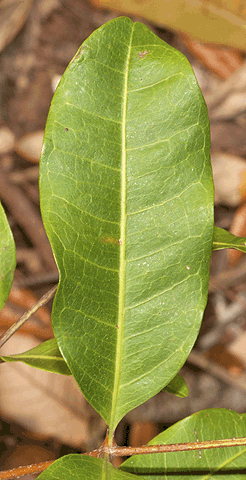
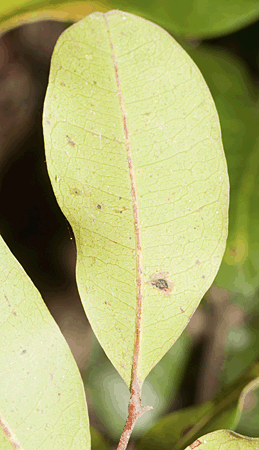 Leaflets are leathery, shiny, and yellow-green. Leaflet margins are without teeth and the petioles are swollen. Leaflets are oblong and up to 20 cm in length. Leaflet tips are rounded or slightly indented. Veins in the leaflets are pronounced.
Leaflets are leathery, shiny, and yellow-green. Leaflet margins are without teeth and the petioles are swollen. Leaflets are oblong and up to 20 cm in length. Leaflet tips are rounded or slightly indented. Veins in the leaflets are pronounced. 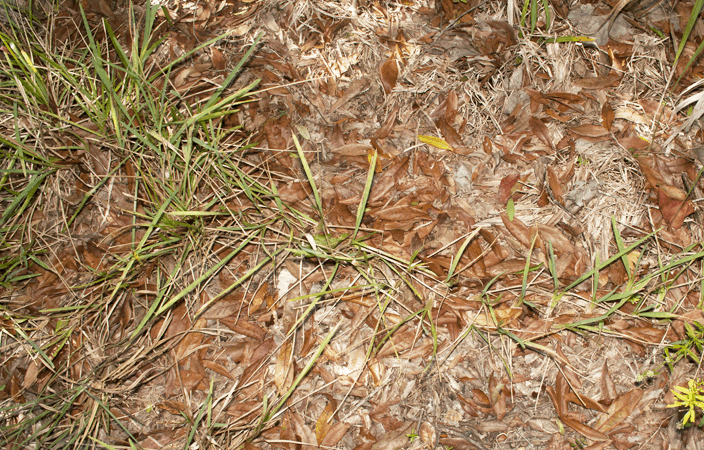 Cynodon dactylon is a non-native member of Family Poaceae. Some members of genus Cynodon, especially the fine-textured species, are among the most widely planted warm-season grasses used in commercial landscaping.
Cynodon dactylon is a non-native member of Family Poaceae. Some members of genus Cynodon, especially the fine-textured species, are among the most widely planted warm-season grasses used in commercial landscaping. 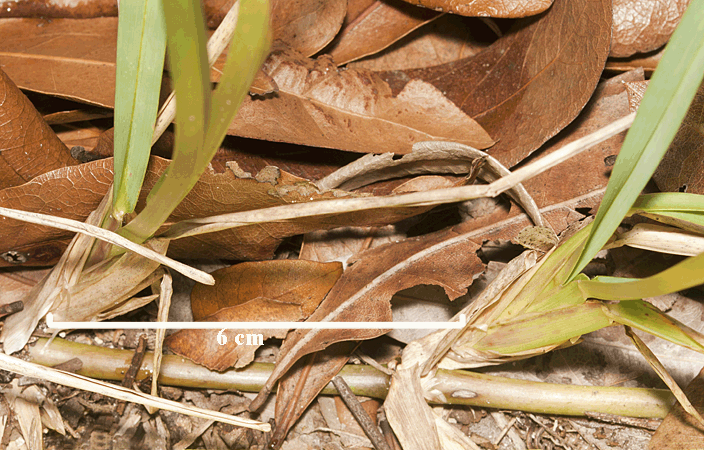
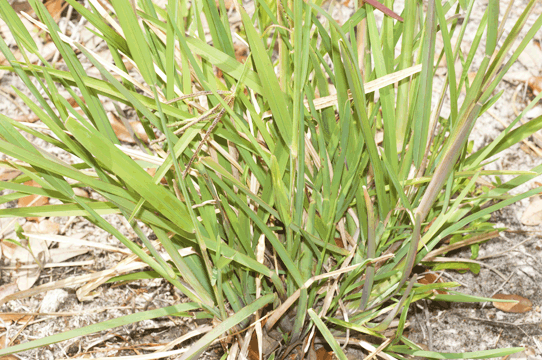
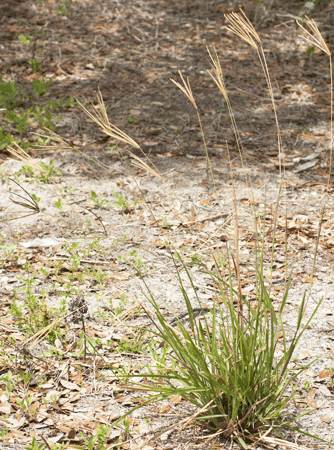
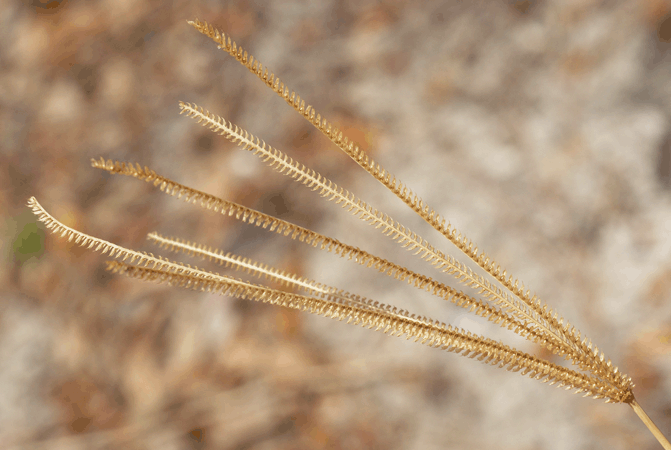
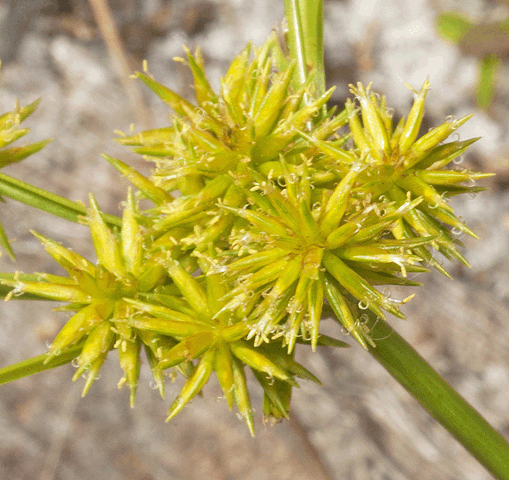
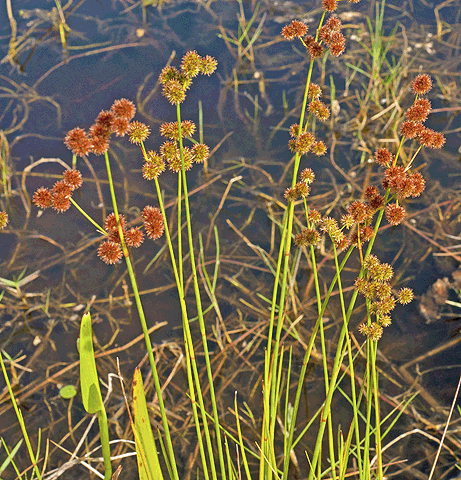
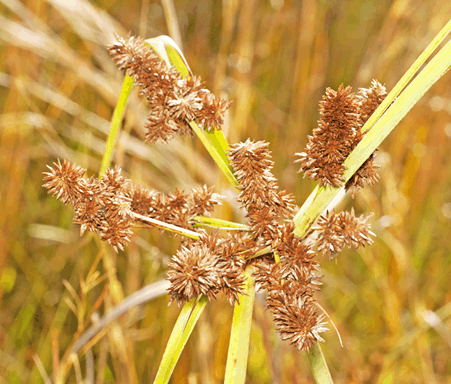
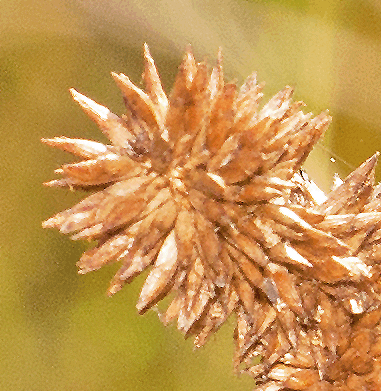
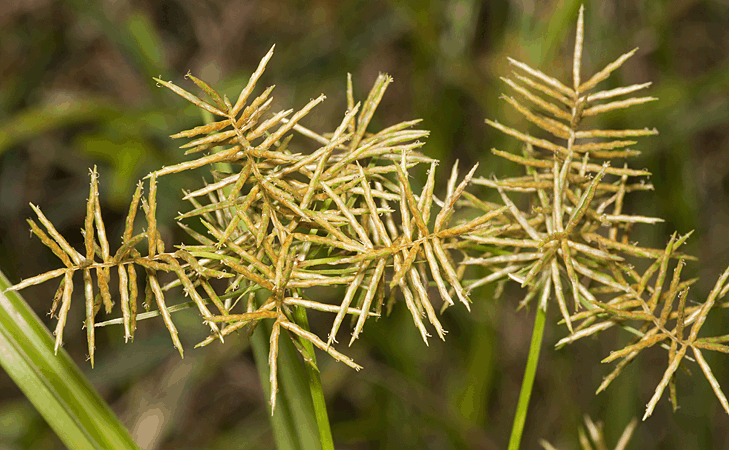
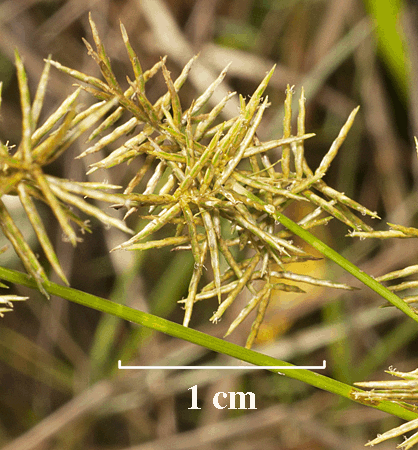 Cyperus esculentus is a member of Family Cyperaceae (The Sedge Family). Native to most of the Western Hemisphere as well as many other regions of the world, it grows in most areas as a wild weed. But, in some countries, it is cultivated for its edible tuber called a tiger nut. Yellow Nutsedge was one of the oldest cultivated plants used for food by prehistoric cultures.
Cyperus esculentus is a member of Family Cyperaceae (The Sedge Family). Native to most of the Western Hemisphere as well as many other regions of the world, it grows in most areas as a wild weed. But, in some countries, it is cultivated for its edible tuber called a tiger nut. Yellow Nutsedge was one of the oldest cultivated plants used for food by prehistoric cultures. 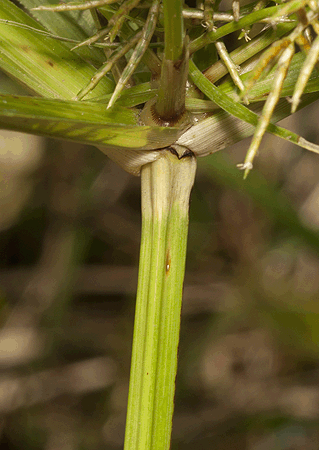 The plant reproduces with seeds, creeping rhizomes, and tubers. The distinctive spikelets (shown in the first two photographs) have clusters of flat oval seeds surrounded by leaf-like bracts, and numerous tiny florets. The spikelets are straw to gold-brown in color. Each plant can produce 2,420 seeds.
The plant reproduces with seeds, creeping rhizomes, and tubers. The distinctive spikelets (shown in the first two photographs) have clusters of flat oval seeds surrounded by leaf-like bracts, and numerous tiny florets. The spikelets are straw to gold-brown in color. Each plant can produce 2,420 seeds. 